How to Buy a Second Home and Rent the First?

Getting involved in buying a second home while renting out your first is thrilling but very complex. This handbook will show the key points, from setting goals to passing through real estate markets to make the path to success smooth and easy financially.
Steps To Buy a Second Home and Rent the First
Step 1: Analyze Your Financial Readiness
Buying another house and renting your current one can be profitable, but first, assess your financial health. Look for tips for finding affordable homes by exploring diverse neighborhoods, researching local market trends, and working with a qualified real estate agent.
-
Examine your debt-to-income ratio (DTI), aiming for a 36% or lower ratio for mortgage eligibility.
-
Assess existing debts, prioritizing paying off high-interest debts before pursuing a second mortgage.
-
Scrutinize your budget to identify potential areas for cutbacks and assess your comfort with additional expenses.
-
Build a robust emergency fund, covering at least three to six months of living expenses, including six months of mortgage payments for the rental property.
Step 2: Calculate Every Expense
Before turning your primary home into a rental estate, conduct a complete financial analysis to ensure you obtain the desired ROI. Follow these innovative ways to make money for a second home
-
Estimate monthly rental income based on local property comparisons and potential yearly increases.
-
List all the property owner expenses, including mortgage, taxes, insurance, maintenance, vacancy, etc.
-
Take expenses from rental income to get positive or neutral monthly cash flow (depending on the outcome).
This is one of many vital steps for purchasing a second property and renting out your first.
Step 3: Secure Funds for a New Home
Explore strategies for accumulating funds for a second home's down payment:
-
Utilize savings by setting up a dedicated account and automating regular contributions.
-
Consider cash-out refinancing, leveraging existing mortgage equity for additional funds.
-
Explore gift funds from family or friends, ensuring proper documentation for lenders.
-
Investigate down payment assistance programs from governments or nonprofits.
-
If feasible, sell assets like stocks, bonds, or vehicles to generate funds.
Step 4: Explore Second Home Loan Options
Differentiate between loans for primary and secondary residences, recognizing stricter criteria for the latter. Consider options for how to buy a second home and rent the first, like:
-
Home Equity Loan: Borrow against your first home's equity with fixed interest rates and terms.
-
Home Equity Line of Credit: Access a revolving credit line using your home equity.
-
Conventional Loans: Common for second homes, requiring a minimum 10% down payment.
-
Portfolio and Private Lender Options: Offer flexibility beyond traditional loan criteria.
Step 5: Get the Landlord's Insurance Quotes
Obtain landlord insurance quotes to safeguard your property, covering damages, loss of income, and liability protection. You can contact Middle Tennessee Real Estate professionals to help with every step.
-
Property damage costs from disasters, accidents, or tenant-related issues.
-
Loss of rental income due to property being vacant.
-
Liability protection for potential tenant or guest injuries on the property.
Step 6: Decide on Self-Management vs. Professional Management
Choose between self-management and professional property management based on your resources, experience, and goals. Weigh the benefits and drawbacks, considering time commitment and potential stress before a second home purchase and renting the first home.
-
Self-Management: Suitable for small property owners with the time and expertise to handle responsibilities.
-
Professional Management: Offers stress reduction but comes with a higher cost, typically 8%-12% of monthly rental income.
Step 7: Consider Critical Factors
Before renting out your property, evaluate critical factors influencing its profitability:
-
Assess market demand, location, and potential renovation needs.
-
Understand landlord-tenant and fair housing laws to avoid legal consequences.
-
Factor in unforeseen expenses, including repairs, maintenance, and extended vacancy periods.
-
Comply with tax reporting obligations, reporting rental income, and exploring deductions.
-
Leverage digital landlord tools for efficient property management.
Conclusion
Congratulations on beginning the journey of buying a second home and rent the first! Through the following ten key steps, you are now prepared to make the right real estate investment decisions confidently. Remember to be informed, hire professionals like Middle Tennessee Real Estate, and be adaptable because your chosen professional journey is fulfilling.
Frequently Asked Questions
But can I keep on renting my current home and buy another?
You can buy a second home and rent the first. This strategy involves turning your existing property into a rental, generating potential income while purchasing a new home. Before proceeding with this dual-property approach, ensure you're well-informed about rental regulations, financial implications, and market conditions.
Can I create a loan against a house to buy another one?
You can use equity in your present home to finance your new purchase. Such a facility is usually a home equity loan or line of credit for borrowing against the property's value. Considering the financial implications and interest rates before starting is crucial.
What is the duration from buying your initial home to another property you will rent?
The ideal time for buying a second investment property will depend on the many factors one has to consider, including financial stability, mortgage qualification, market conditions, letting equity grow, and not rushing into something.

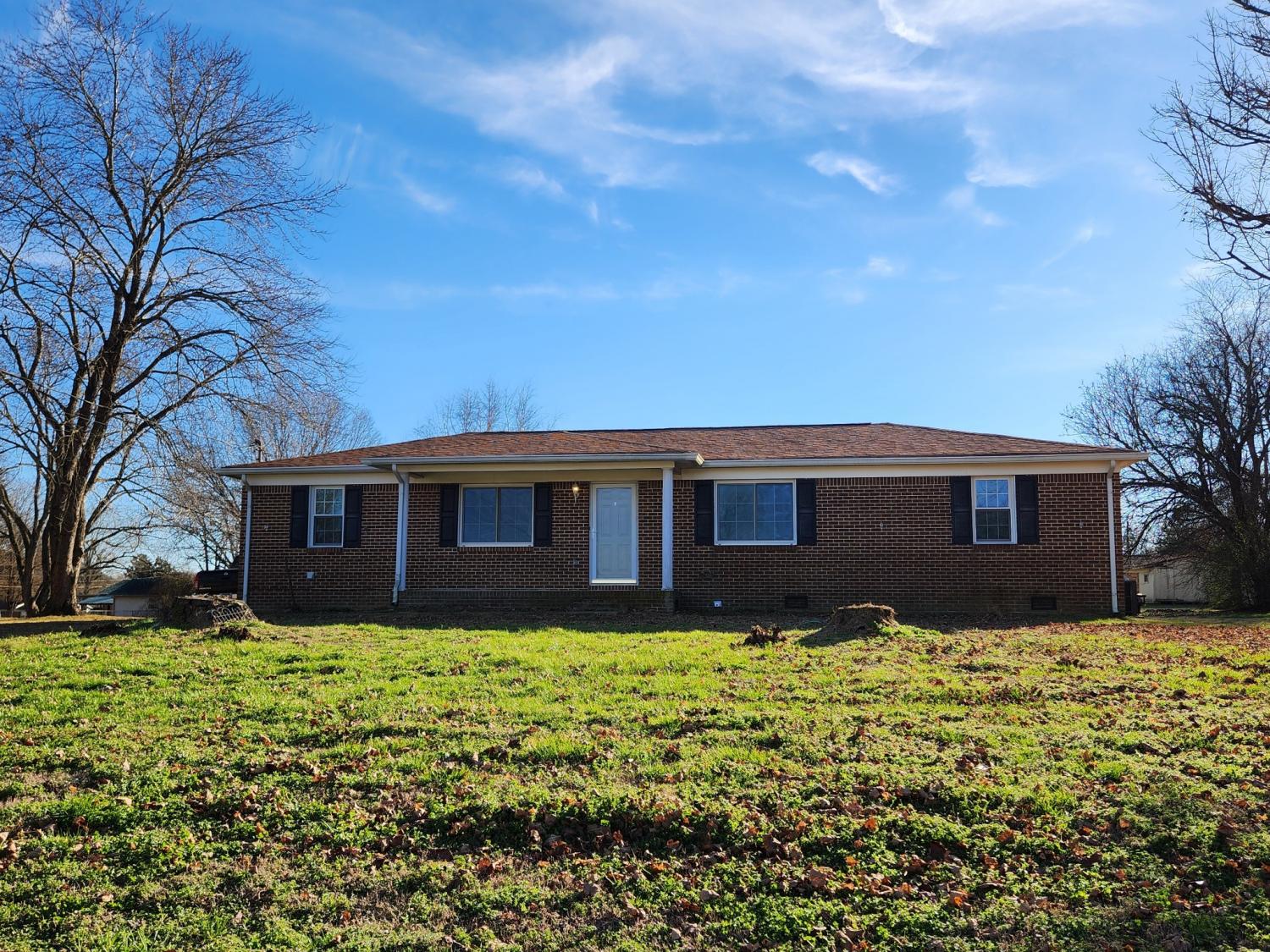

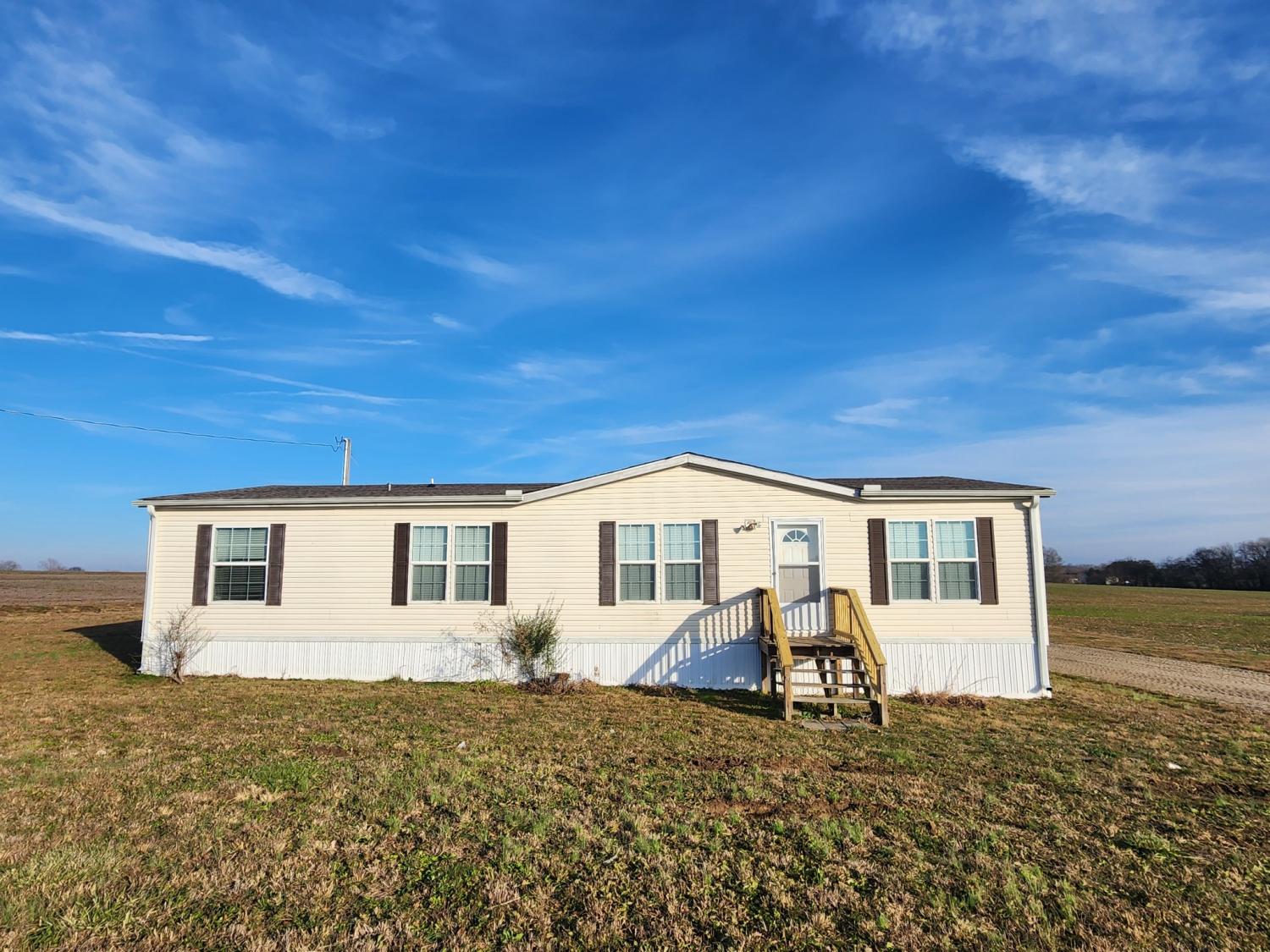

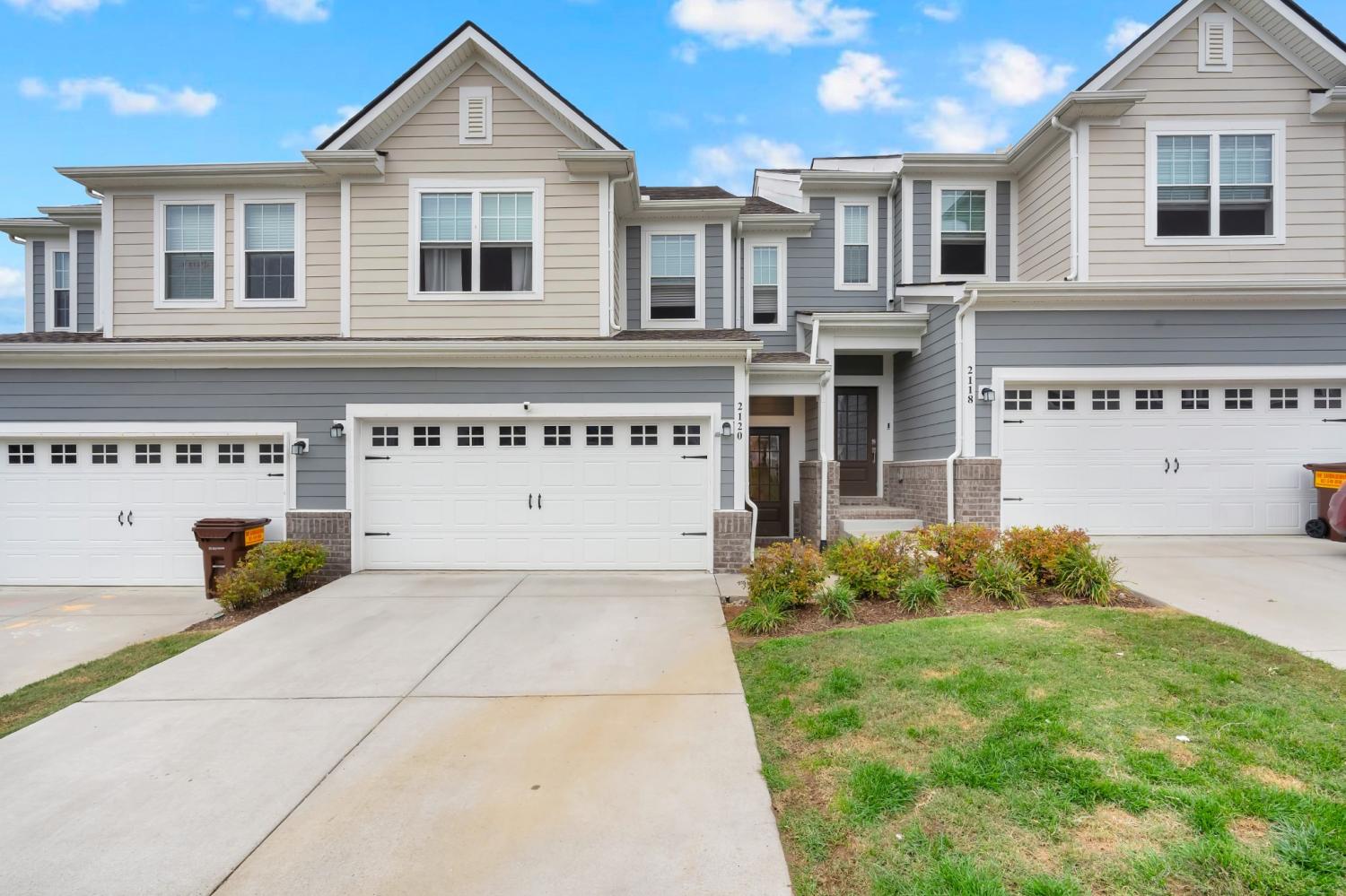
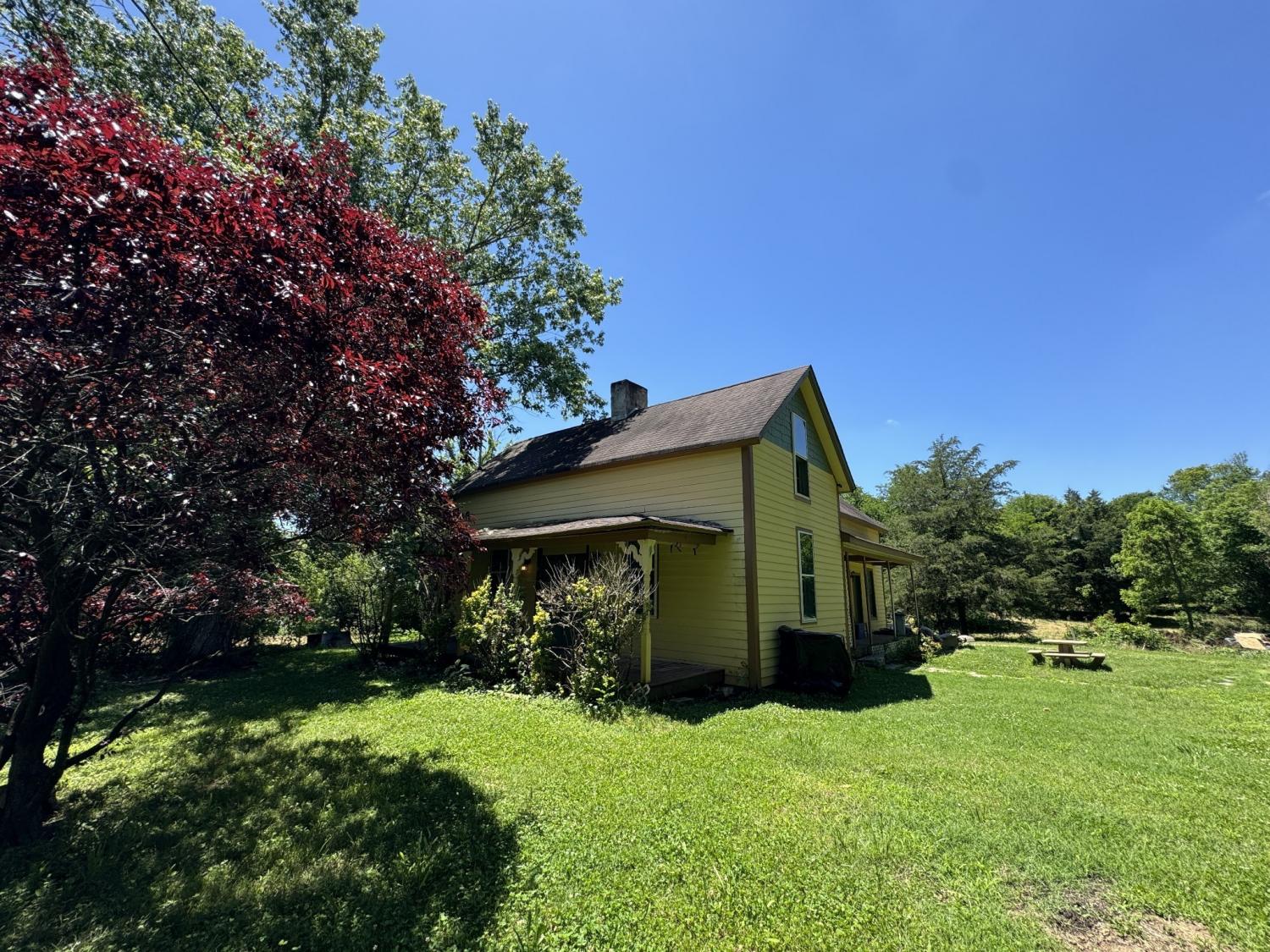
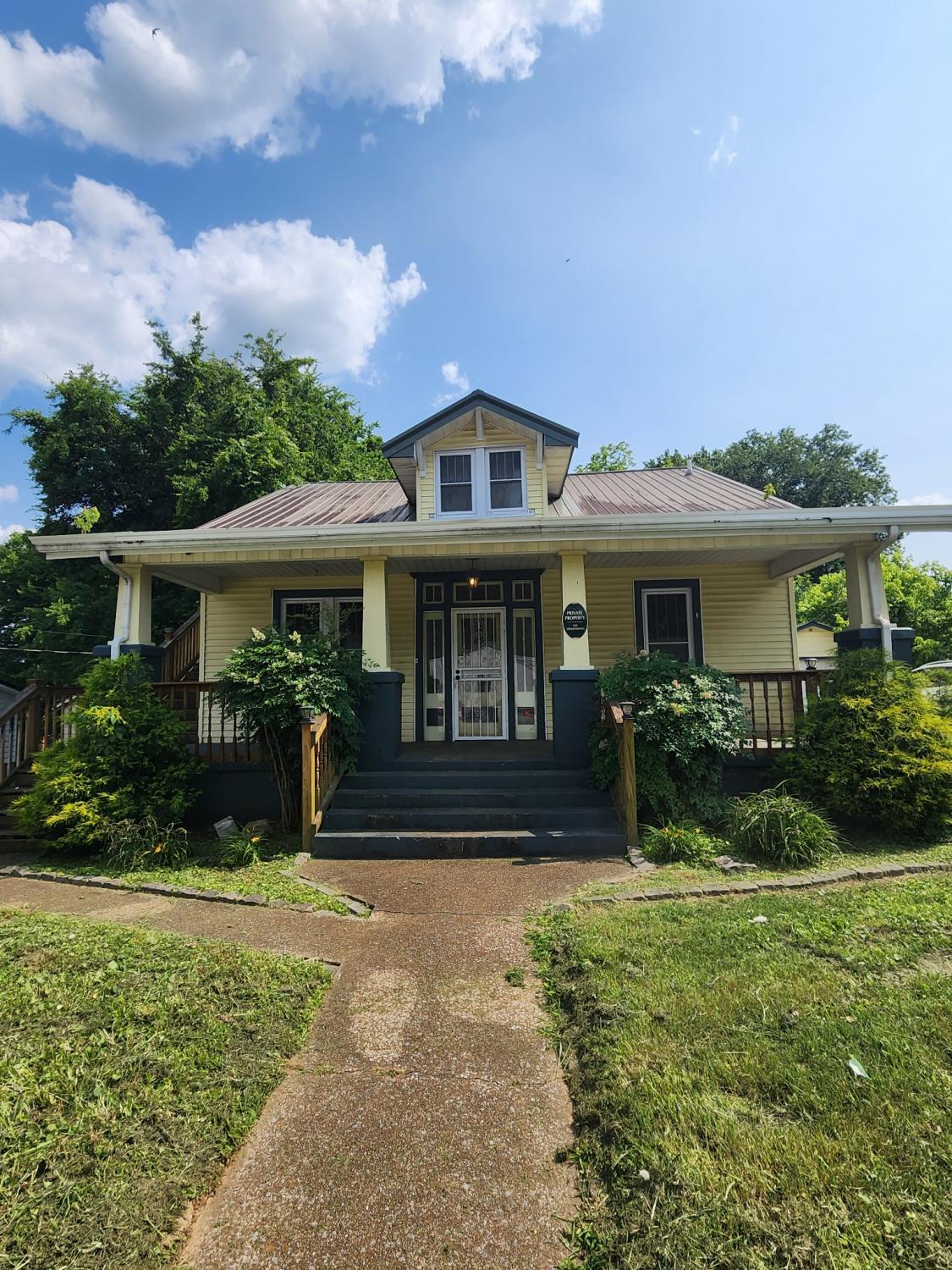

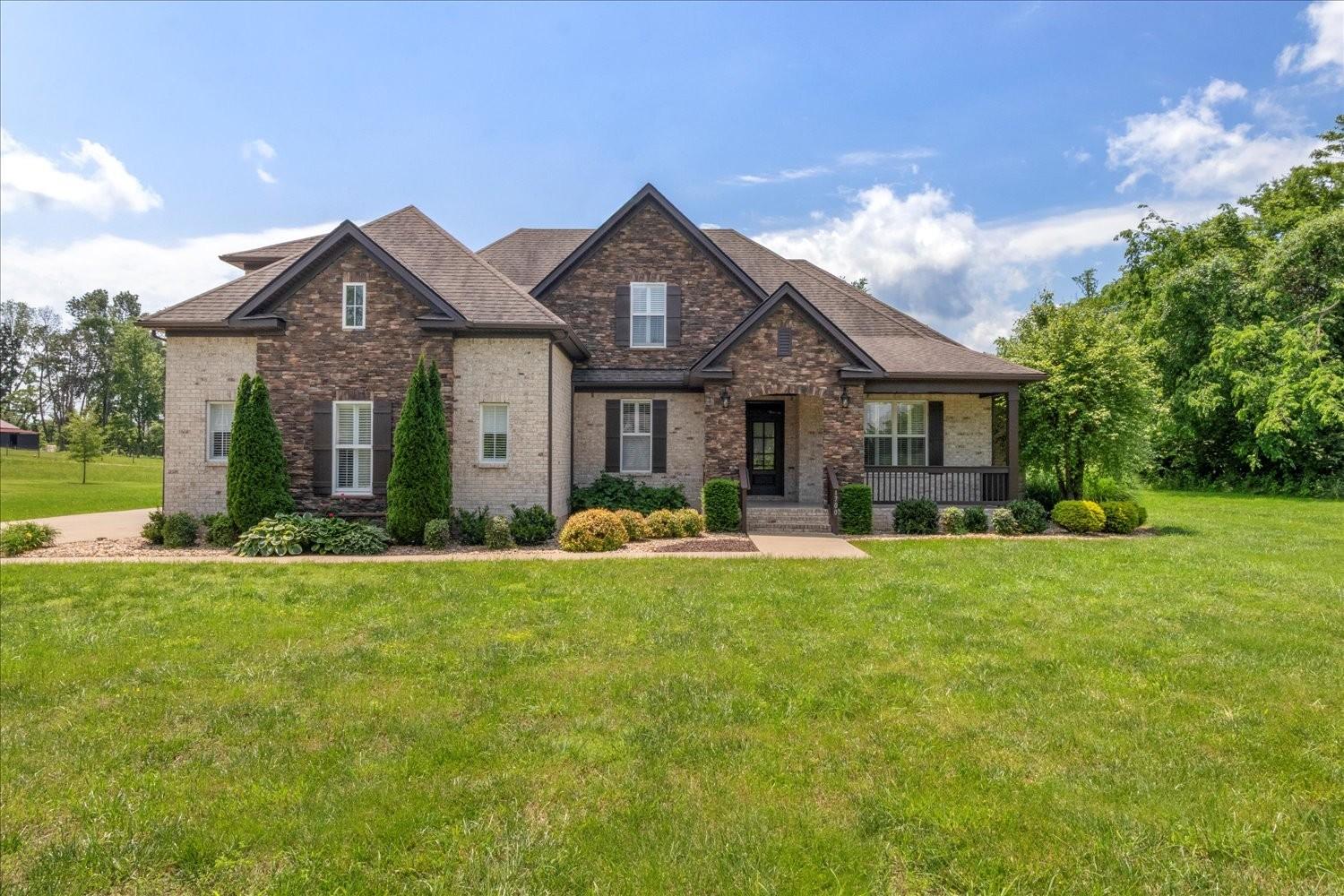
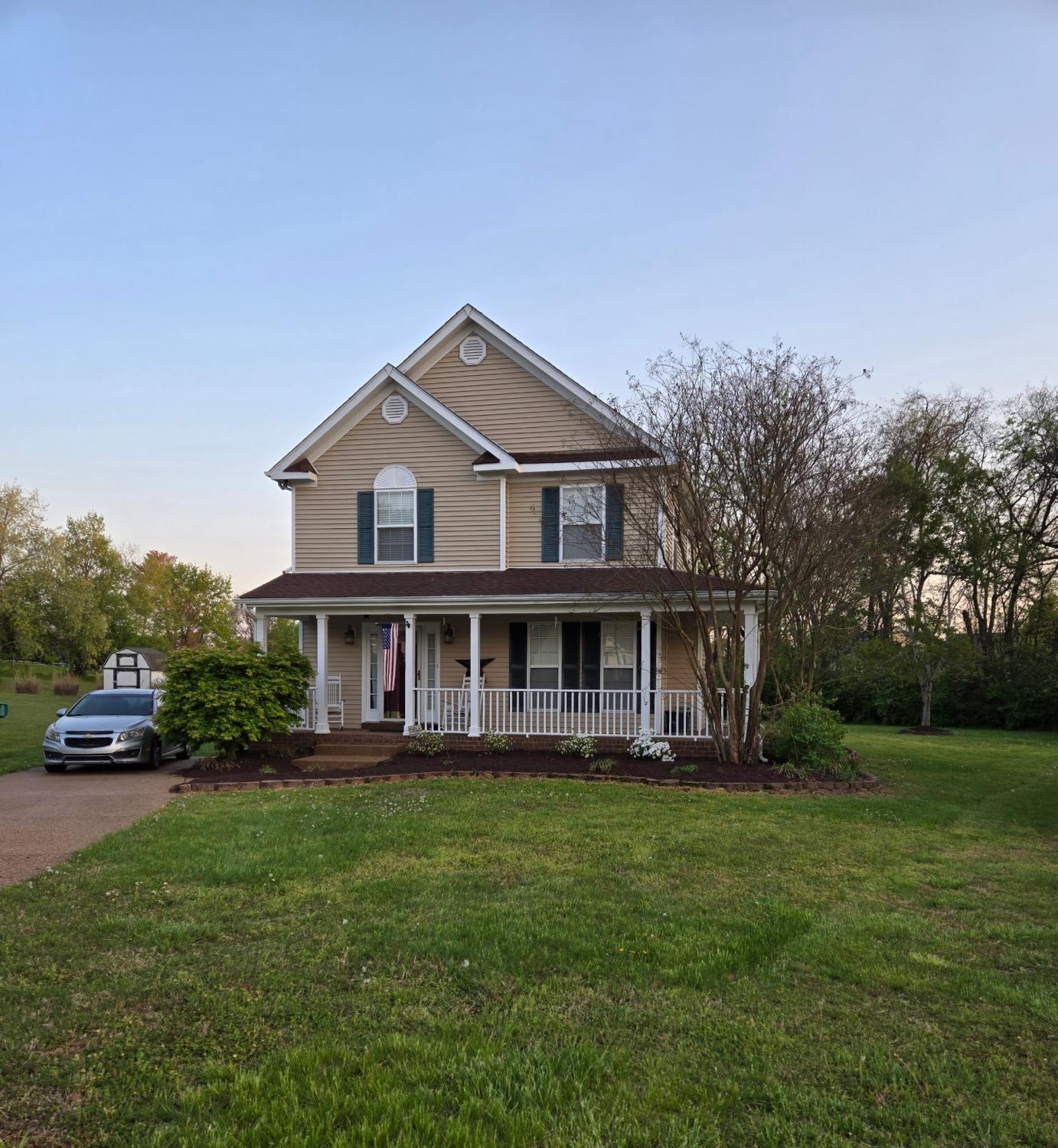





 © 2026 Listings courtesy of RealTracs, Inc. as distributed by MLS GRID. IDX information is provided exclusively for consumers' personal non-commercial use and may not be used for any purpose other than to identify prospective properties consumers may be interested in purchasing. The IDX data is deemed reliable but is not guaranteed by MLS GRID and may be subject to an end user license agreement prescribed by the Member Participant's applicable MLS. Based on information submitted to the MLS GRID as of January 2, 2026 10:00 PM CST. All data is obtained from various sources and may not have been verified by broker or MLS GRID. Supplied Open House Information is subject to change without notice. All information should be independently reviewed and verified for accuracy. Properties may or may not be listed by the office/agent presenting the information. Some IDX listings have been excluded from this website.
© 2026 Listings courtesy of RealTracs, Inc. as distributed by MLS GRID. IDX information is provided exclusively for consumers' personal non-commercial use and may not be used for any purpose other than to identify prospective properties consumers may be interested in purchasing. The IDX data is deemed reliable but is not guaranteed by MLS GRID and may be subject to an end user license agreement prescribed by the Member Participant's applicable MLS. Based on information submitted to the MLS GRID as of January 2, 2026 10:00 PM CST. All data is obtained from various sources and may not have been verified by broker or MLS GRID. Supplied Open House Information is subject to change without notice. All information should be independently reviewed and verified for accuracy. Properties may or may not be listed by the office/agent presenting the information. Some IDX listings have been excluded from this website.